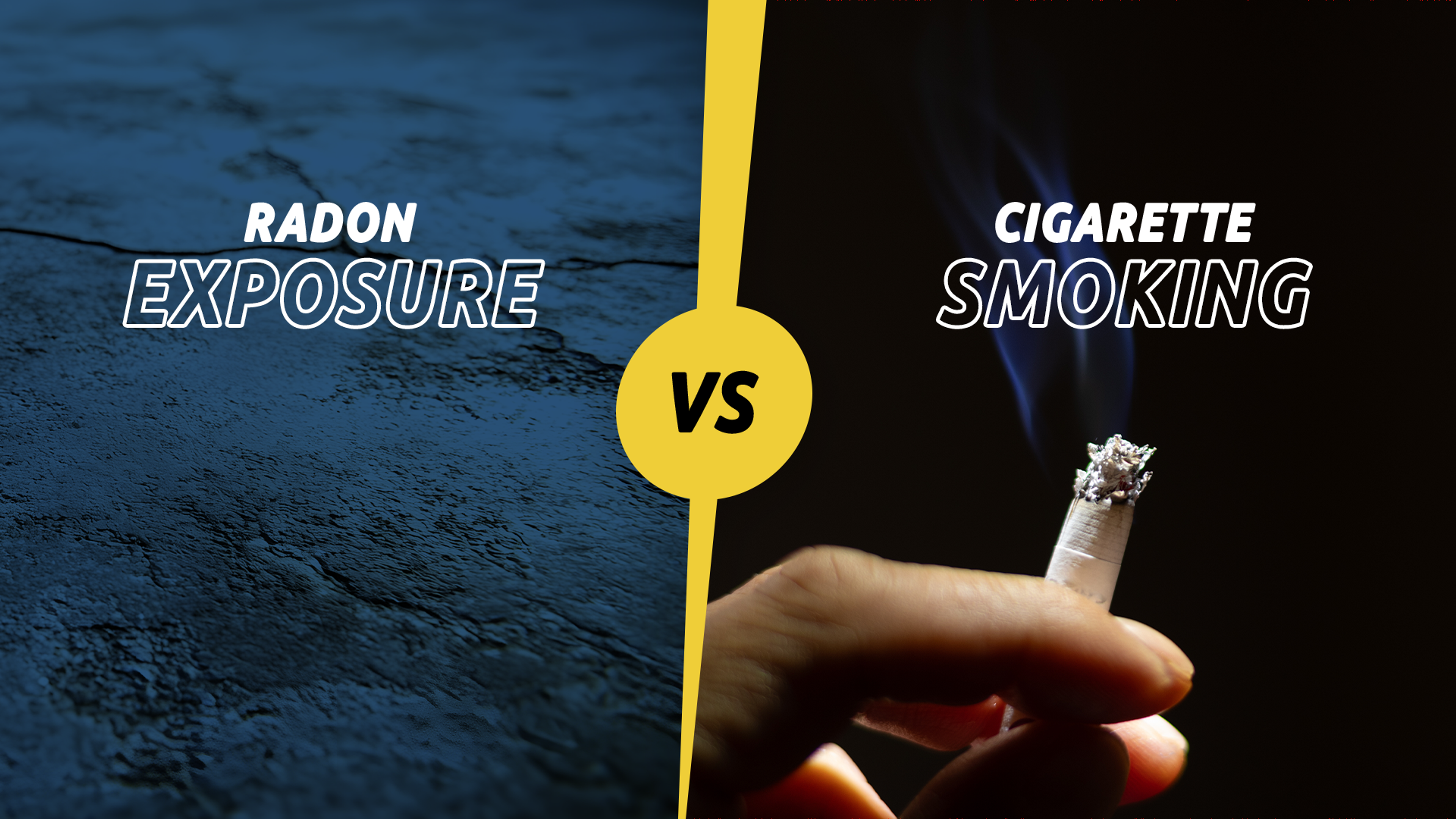

What Causes High Levels of Radon in Basements?
What Causes High Levels of Radon in Basements?
If you are a homeowner, then you should naturally ask the question, “What causes high radon levels in the basement of a home?” The answer may surprise you, but it is an answer that you must consider if you are to keep yourself and your family safe from radon exposure.
Let’s take a look at what causes high radon levels in homes so that you can understand how to limit your exposure and keep your family safe from this dangerous radioactive gas.
Know What Causes High Levels of Radon in Basements
Radon comes from decaying Uranium that is contained in the rock and soil beneath the basement (under the foundation) of every home. Being in constant contact with the ground, a home’s basement is the main entry point for Radon gas. Entry via parts of the basement with exposed earth like sump wells and drains or through the naturally porous concrete foundation of the basement provide radon plenty of efficient means of entering a home.
Conditions inside your basement can contribute to the radon level as well. When the pressure inside your basement varies greatly from the pressure outside you can create what is called “stack-effect”. This process actually draws air more forcefully between the high and low-pressure areas and can pull more air from the rock and soil beneath your home impacting your radon levels.
See Related Article: Is Radon Only In Basements?
Prevent High Levels of Radon in Basements
Radon gas is present in every home at varying levels, and it is nearly impossible to have a radon level of 0. However, there are things you can do to lower your radon levels.
Simple things like:
- Installing, replacing, or sealing a sump well cover can reduce your levels as you will be closing up an exposed area of the earth with direct access into your basement.
- When the weather is nice out, open windows and doors, allowing radon gas to dissipate with the fresh air.
- When extreme high and low temperatures are present, cool or heat your house as little as possible to reduce the pressure increase from the drastic indoor/outdoor temperature change to reduce the stack effect.
Be advised that these tips can lower your radon level, but typically, small fixes like these will only lower your radon level slightly. If you have drastically high radon levels a radon mitigation system is truly the only way to reduce a dangerous level.
Evaluate Appliances for High Levels of Radon in Basements
Many homeowners also keep appliances in the basement. When you know what causes radon in basements, you can be more cautious. The exhaust fans, water heaters, furnaces, fireplaces and dryers that you have in your basement reduce the air pressure indoors. As stated before, this increases the stack effect, especially in very tight homes.
You may also need to consider reverse chimney flow if your house is overly depressurized. This can actually cause combustion spillage in the appliances you have in your basement if you are not careful.
Make sure that you have a radon detection kit in the most obvious areas of your home. Detection is the first step in finding a solution when it comes to radon. Now that you know what causes radon in basements, it is time to protect yourself and your family.
Published
May 19, 2023




